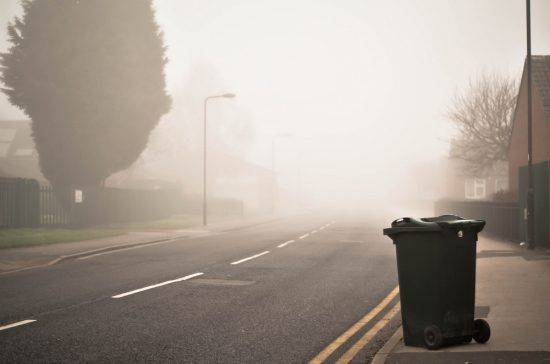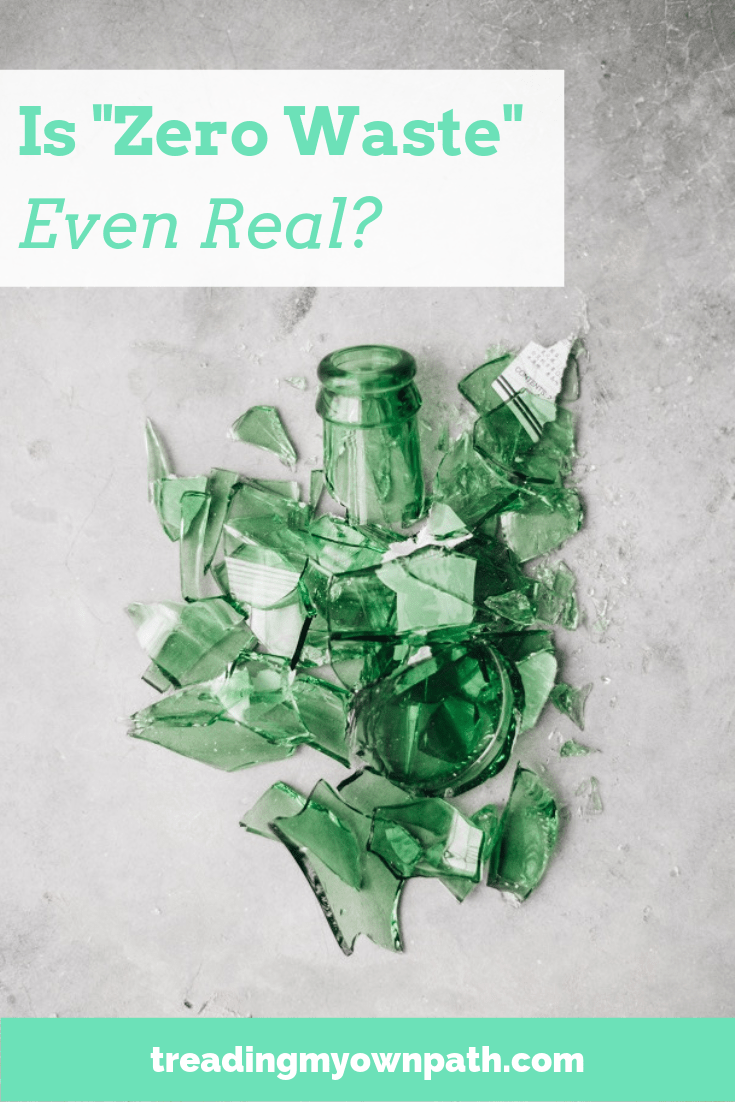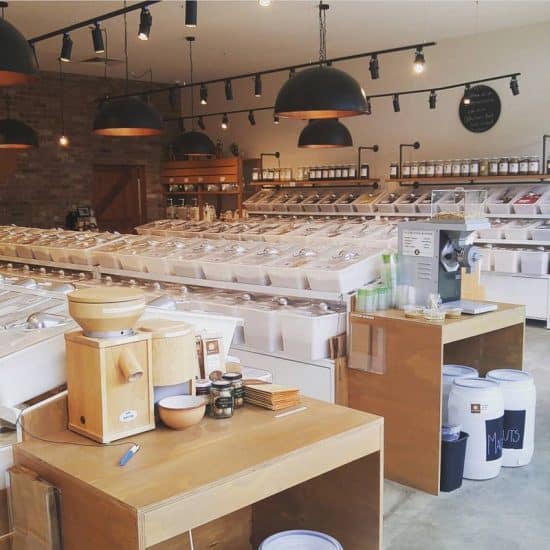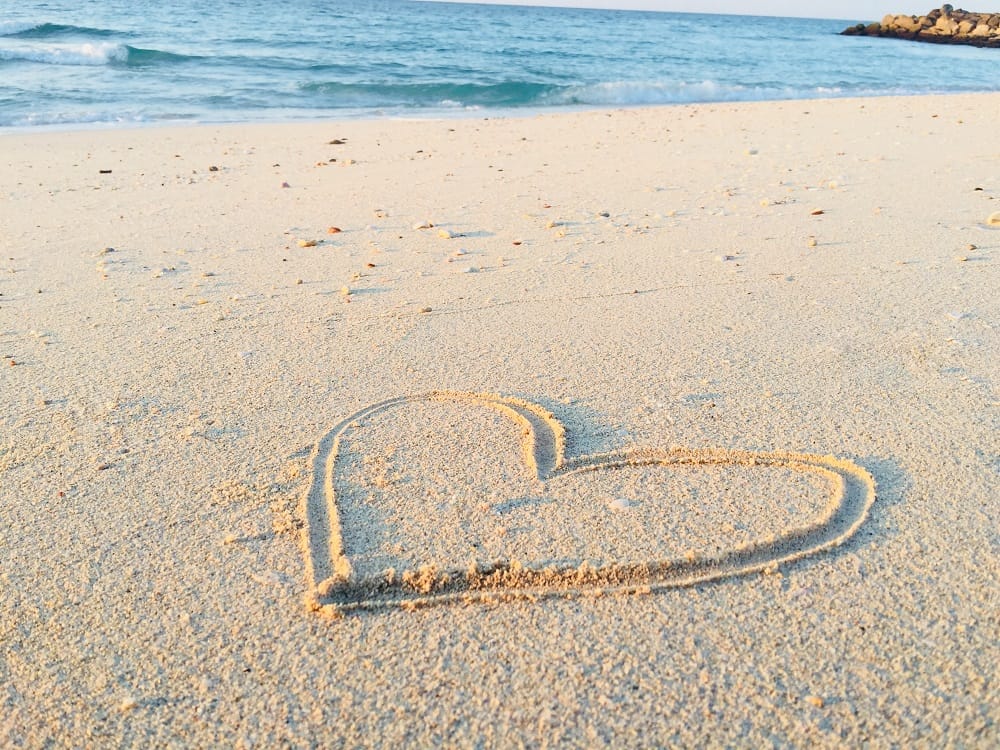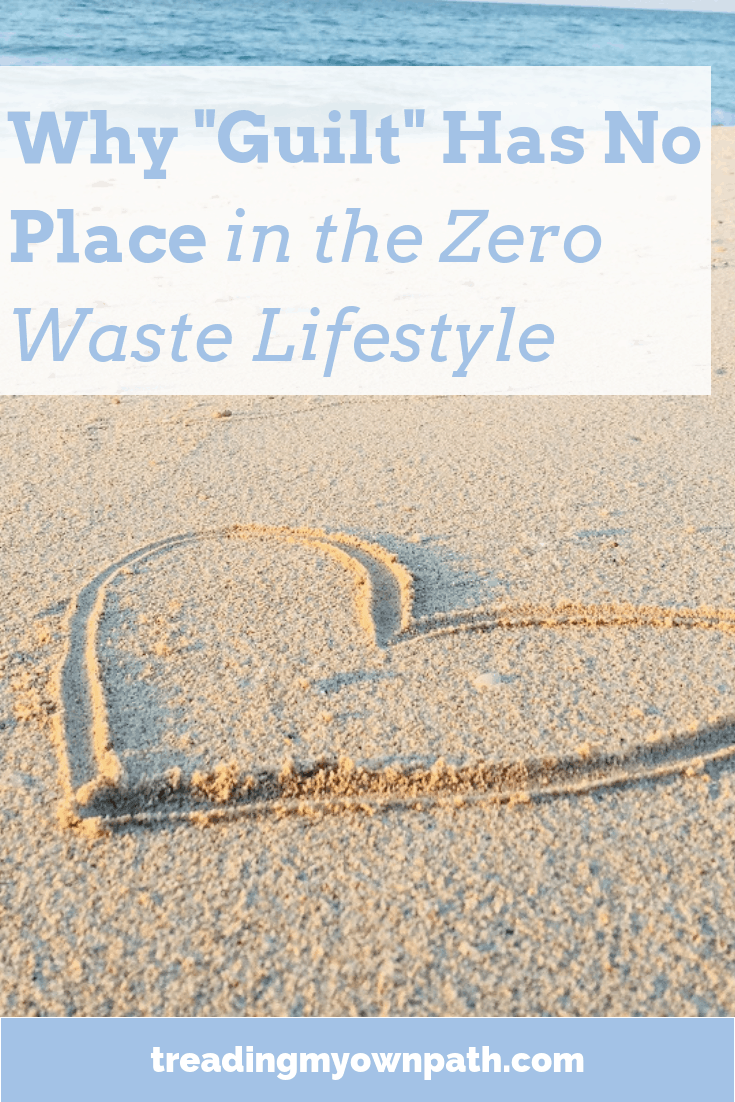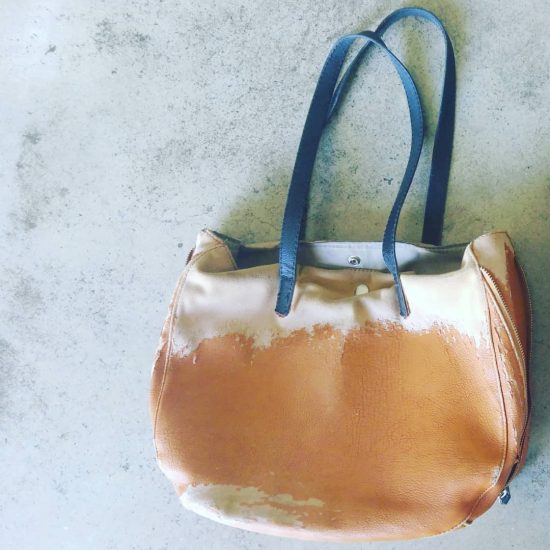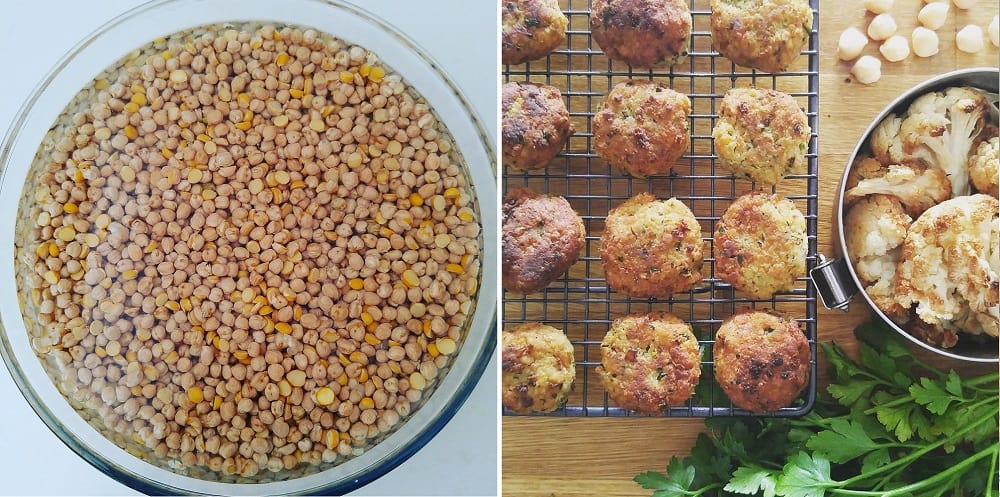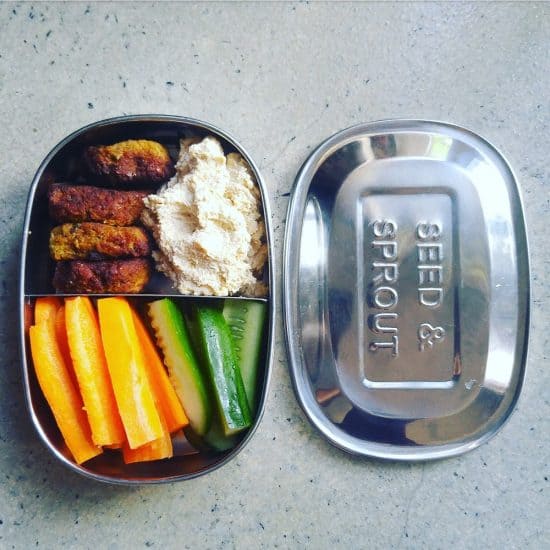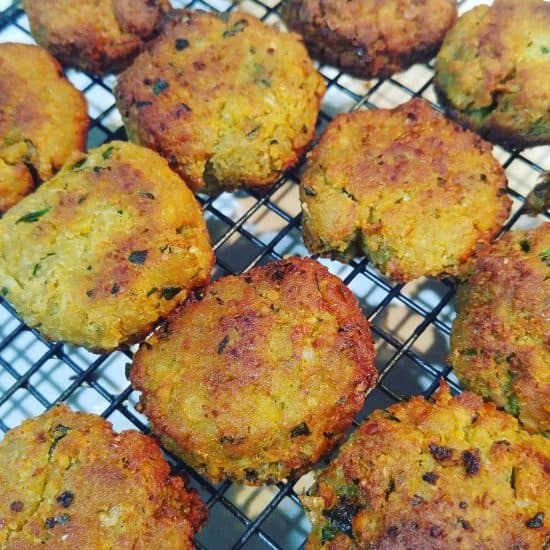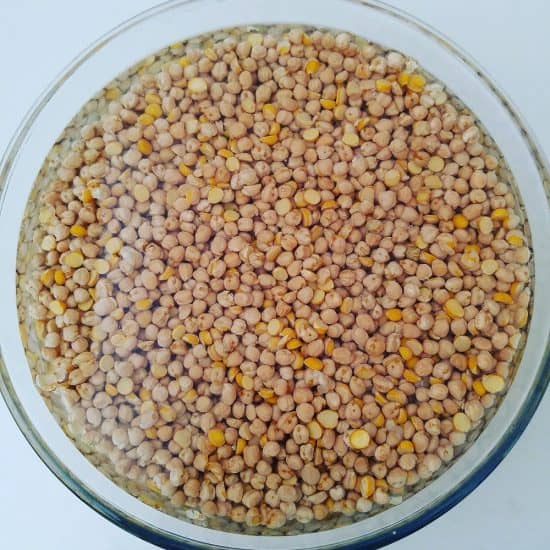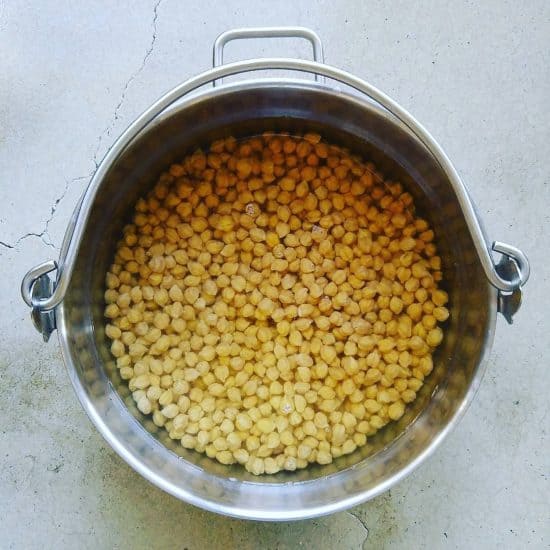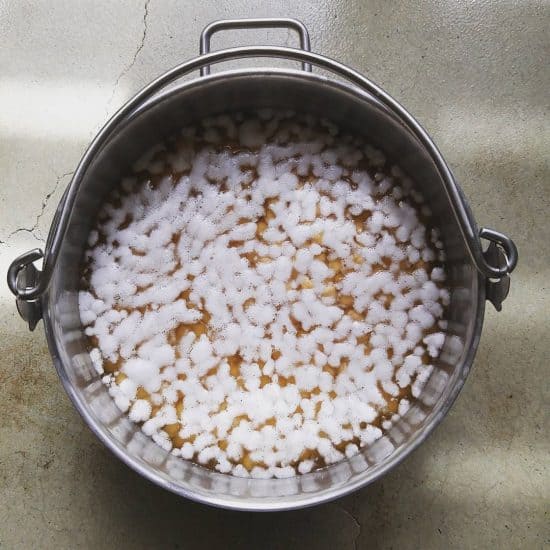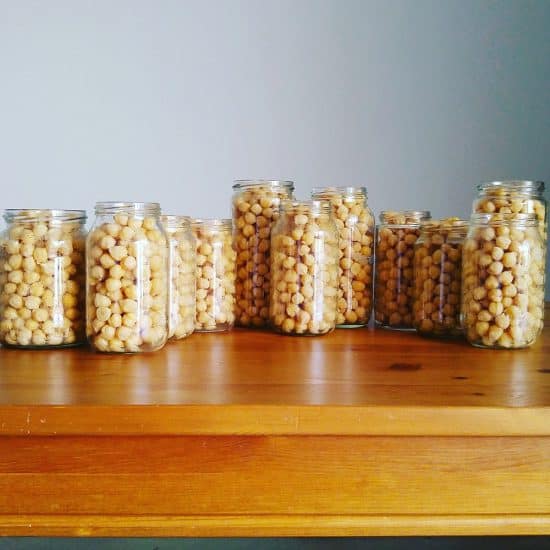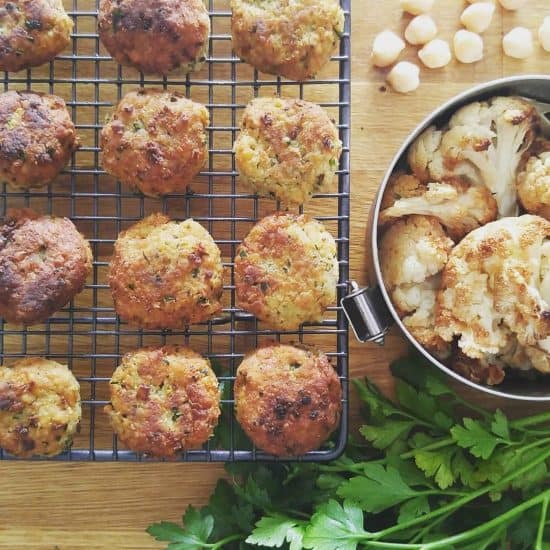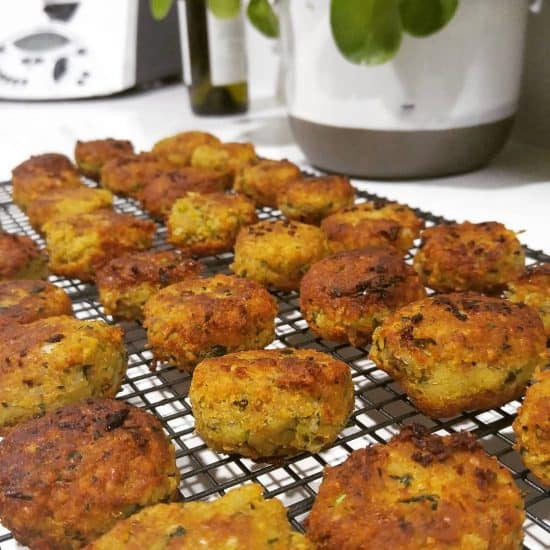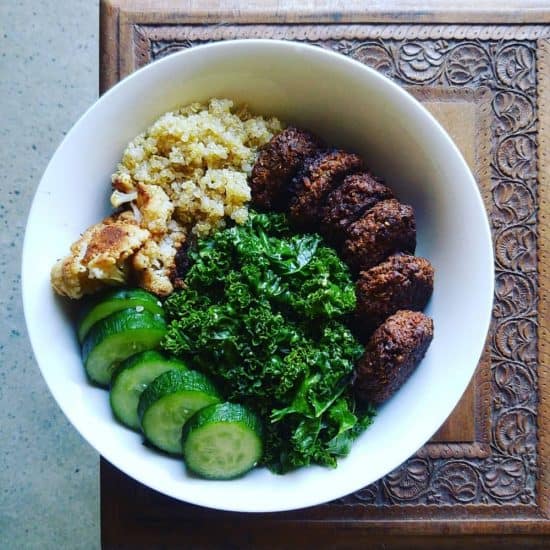Is There a “Best” Kind of Reusable Bag?
With more and more councils, states and countries around the world introducing plastic bag bans, the conversation is finally moving towards reusable bag options. Not a moment too soon, either!
Yet as with all things, there’s plenty of different options out there, and the choice can be overwhelming.
Different people have different opinions about what’s best. Whether that’s upcycled or Fair Trade, recycled, organic or vegan, or what the energy footprint is, we all have different priorities in our quest to live a little lighter.
So no, I don”t think there’s one “best” option. But I do think there are lots of “good” and “better” options when it comes to ditching the single-use disposables with something a little more environmentally friendly.
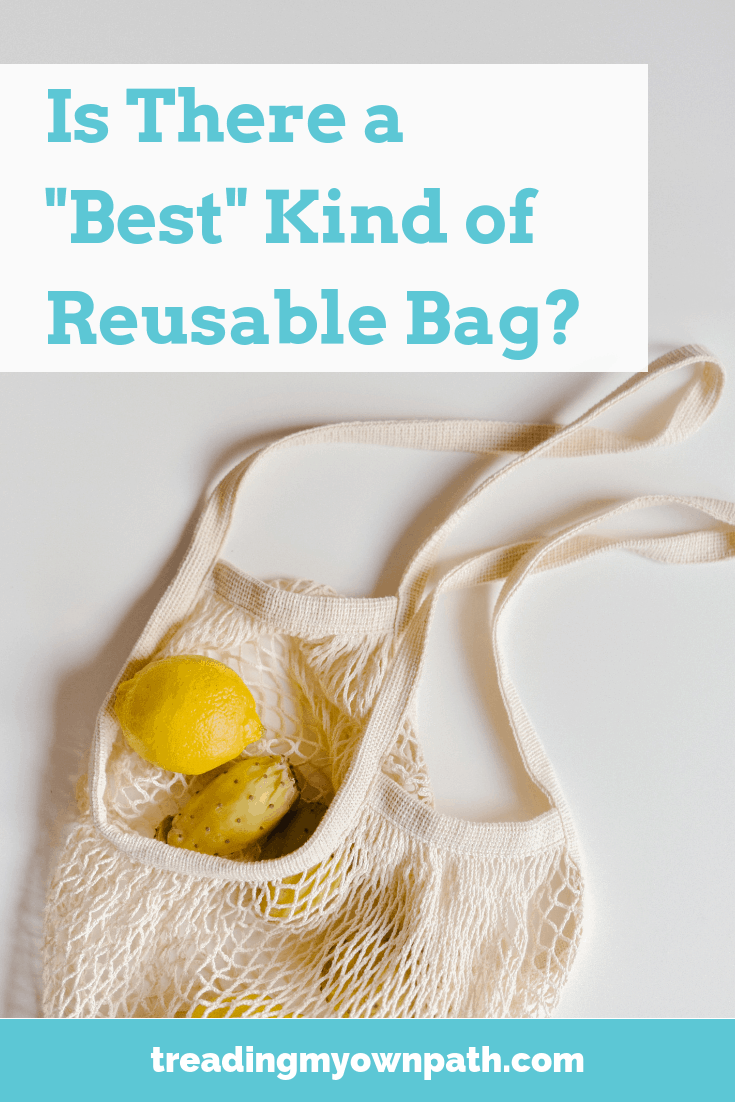
Reusable Shopping Bags: Zero Waste and Plastic-Free Alternatives to the Plastic Shopping Bag
I’ve highlighted some of my favourite options below, along with a couple more I think are best avoided.
Reusable Shopping Bags – Using What We Have
It goes without saying that the most environmentally friendly option is using the thing that we already have. Most of us have reusable shopping bags.
If we don’t, we’ve probably got old plastic bags from previous shopping trips. Don’t forget about backpacks, holdalls or other bags we might own.
Reusable shopping bags do not need to have been purpose-designed for that specific task. If it has handles and a compartment for shopping, it’s likely good enough. 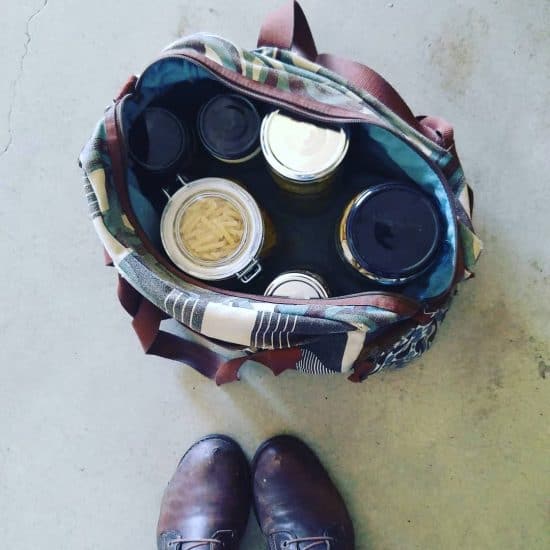
Reusable Shopping Bags – Borrowing (Boomerang Bags and Mors Bags)
You know those times when we find ourselves at the shops unexpectedly? Or we arrive with a list and then remember we need a few more things? Those times when we either don’t have a reusable bag, or don’t have enough?
Schemes like Boomerang Bags and Mors bags tackle exactly that problem. They recognise that most of us have reusable bags, but we also forget them sometimes. So they provide bags for us to borrow.

These schemes run on the power of community: to source second-hand fabric, sew into bags and leave in strategic locations where shoppers might need to borrow bags. The idea is that shoppers borrow bags, use them, and then return them ready for the next person.
No money is exchanged for the borrowing, although bags can sometimes be purchased to help cover expenses (such as screen-printing labels and providing cups of tea to volunteers).
(If sewing is your thing and you’ve been wondering how you can increase your impact, these groups are always on the look out for enthusiastic new volunteers!)
Reusable Shopping Bags – Upcycled Options
Shopping bags made out of repurposed fabric (think tablecloths, sheets, coffee sacks) is a great low-waste option that makes something good out of something that already exists.
Local markets are a great place to find creative craftspeople in your local area who make and sell reusable bags. If this isn’t an option for you, online marketplace Etsy is a great way to connect with sellers a little further afield. There’s plenty of options in terms of material, shape and size.
Reusable Shopping Bags – Recycled PET
Buying shopping bags made out of plastic can seem a little contradictory for anyone pursuing the plastic-free lifestyle. However, there’s a big difference between making bags with brand new virgin plastic and making bags with recycled PET plastic.
PET is the plastic that drinks bottles are made of. Even if we stopped making plastic drinks bottles tomorrow, there’s a heck of a lot of those plastic bottles already in existence in the world.
Recycling this plastic into a usable (and reusable) product seems a better solution that letting it languish in stockpiles all over the world. PET is also the most recyclable plastic there is.
From a lifecycle analysis point of view, these plastic bags have the lowest footprint of all reusable bags. They don’t demand new resources. Being plastic, they are also lightweight, hard-wearing and incredibly strong.
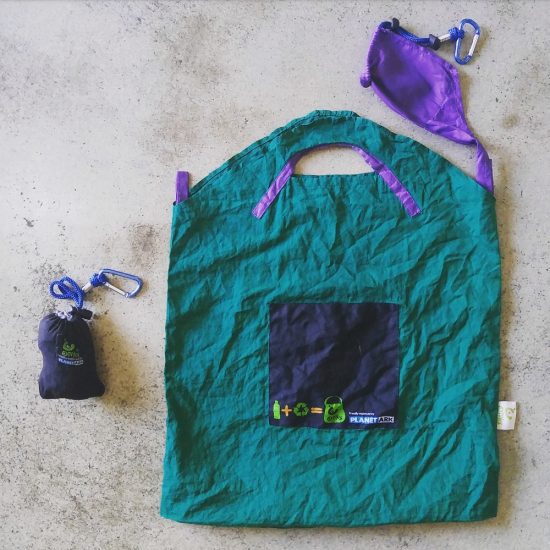
This (extremely well used and hence rather crumpled) recycled PET Onya bag is over 5 years old. It fits into a tiny stuff sack (you can see what it looks like packed down on the left – that’s a second bag).
From a waste perspective, yes they are still plastic. They can’t be composted at the end of their lives.
As much as I’m a fan of natural materials, I also know that our plastic legacy is something we need to deal with. Recycling PET plastic into reusable bags seems to be a good way to make good of a material already in existence.
In a perfect world we wouldn’t be having this conversation. But alas, the world isn’t perfect. The road to zero waste is full of compromise.
Reusable Shopping Bags – Cotton/Calico, Hemp and Jute
Natural fibres are a popular choice for reusable bags. They are typically hard-wearing and can be composted at the end of their useful lives. You’ll never see a reusable cotton shopping bag stuck up a tree as you might a plastic bag.
Of the three commonly used natural fibres, cotton is the most water- and chemical-intensive crop to grow. Organic cotton has a smaller eco footprint than regular cotton. For a lightweight, fold-up bag that fits in a handbag, cotton bags tend to be the most practical.
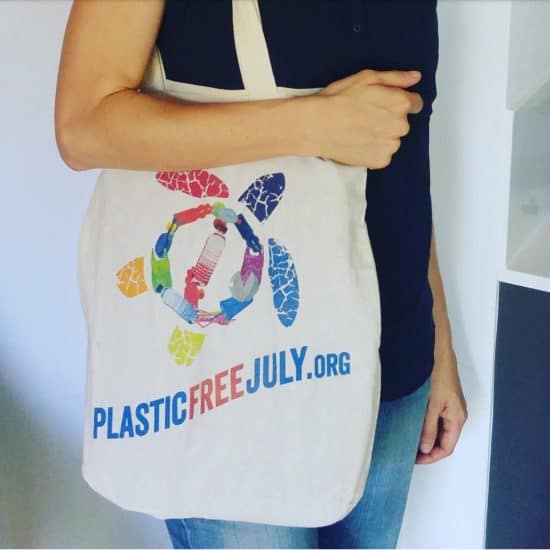
Jute and hemp are both considered more environmentally friendly than cotton, but the bags tend to be bulkier.
There’s a billion places to buy these kinds of bags. The supermarket would be my last choice. I’d much rather support a charity doing great work with my purchase. Or a small business. Or an independent chain. We vote with our dollars, so choose well.
(If you’d like to support independent eco-conscious businesses, here’s my list of worldwide online stores.)
Reusable Shopping Bags – The Ones to Avoid
With so many great options out there, there are a number of less-than-great options that are better avoided. Sometimes we end up with these things before we realise there are better options. Emergencies happen. If that’s you, don’t despair.
Use what you have, and next time, you can choose better.
Reusable Bags to Avoid – Thicker Plastic Bags
Some stores are replacing single-use plastic bags with reusable thicker plastic bags (usually polyethylene), often for a small charge.
These bags are made either partly or wholly of brand new, virgin plastic. They may contain some recycled material – if so, the bag should specify the amount.
These are heavier duty, but despite often being called “Bags for Life” they are estimated to be used an average of 5 times. Not single-use, but not much of an improvement. They are prone to splitting, and the handles also stretch when the contents are heavy.
These bags still present a litter problem when they inevitably end up in the environment.
Reusable Bags to Avoid – Non-Woven Plastic “Green” Bags
These bags are commonly sold in supermarkets and are called “green” bags more because they tend to be the colour green rather than because there is anything environmentally friendly about them. Although they appear to be made of fabric, they are actually made of plastic. Polypropylene (plastic number 5), to be specific.
They are much thicker than single-use plastic bags, and consequently need to be used many more times to be beneficial to the environment. In fact, a study suggested they need to be used 104 times to be environmentally positive. Truthfully, they tend to fall apart long before they are used that much. They are also bulky and cumbersome.
If you already have these bags, use them as long as you can. When they reach the end of their life, consider replacing with something better.
…
There’s plenty of reusable options when it comes to shopping bags, but the main consideration is whether it will work for you. There’s never one right choice. Sometimes, it’s different choices for different situations.
Regardless of material, the best reusable is always the one that actually gets reused.
Now I’d love to hear from you! What is your favourite type of reusable bag? Do you have a preference for different materials? Is there an product or brand not mentioned that you’d recommend? Anything else to add? Please share your thoughts in the comments below!
[leadpages_leadbox leadbox_id=140b48fc6639c5] [/leadpages_leadbox]
(Disclaimer – I’m an affiliate for Onya, which means if you click the link and choose to make a purchase, I may be compensated a small amount at no extra cost to you. I have been using their products since 2012: I’d only ever recommend something I have tried myself or that has been recommended to me by you, my readers. As always, my first suggestion is to use what you have or choose second-hand before buying anything new.)

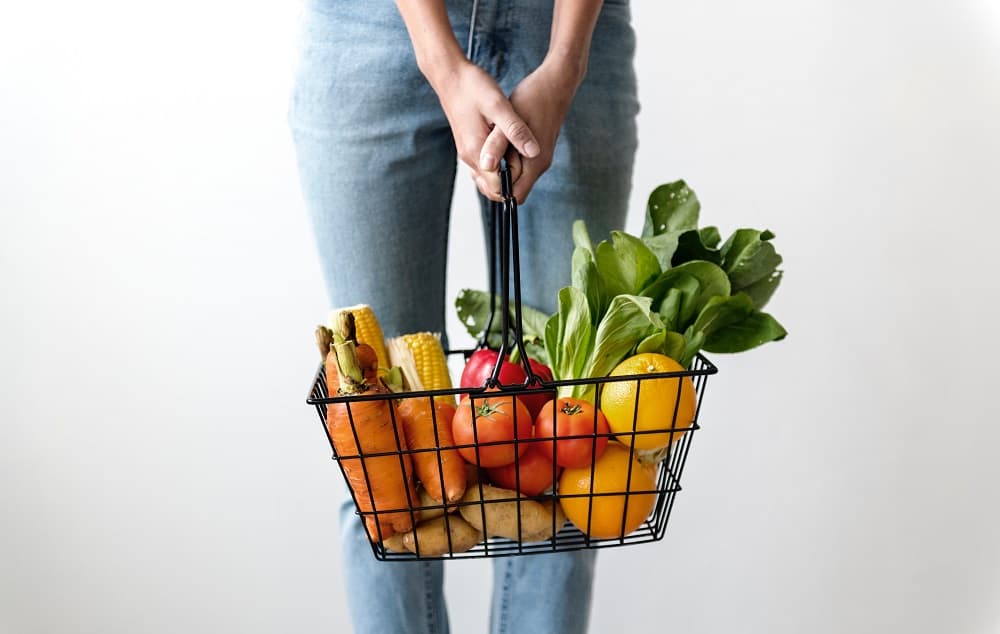

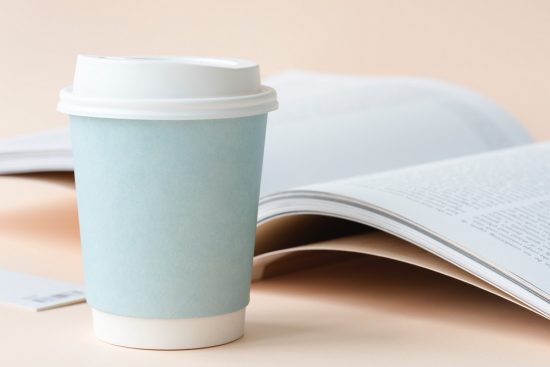

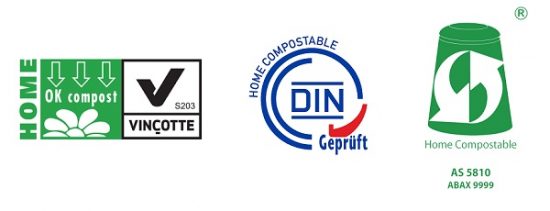 Standards for industrial composting and anaerobic digestion:
Standards for industrial composting and anaerobic digestion:
